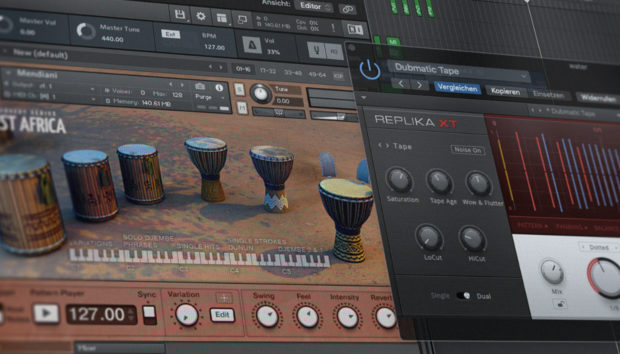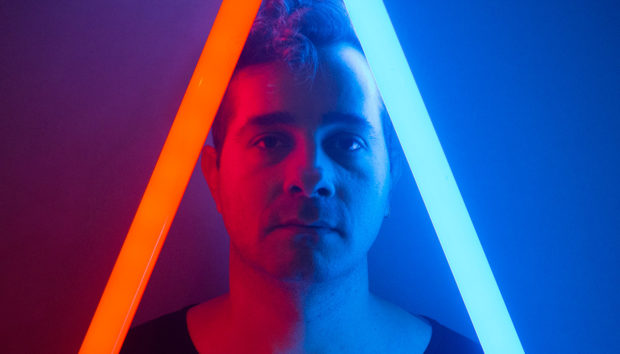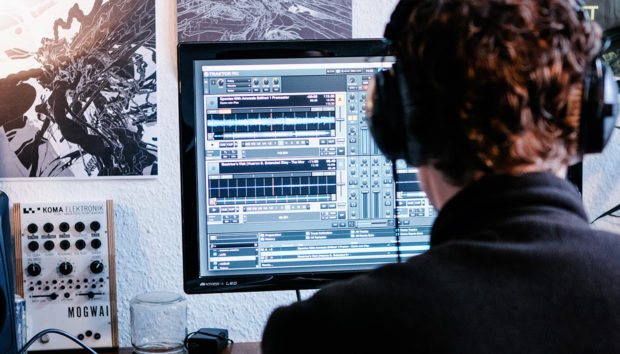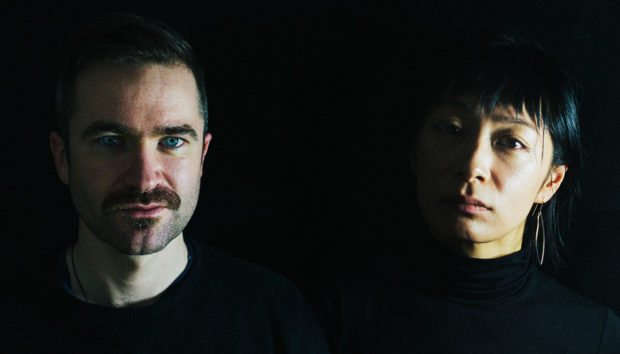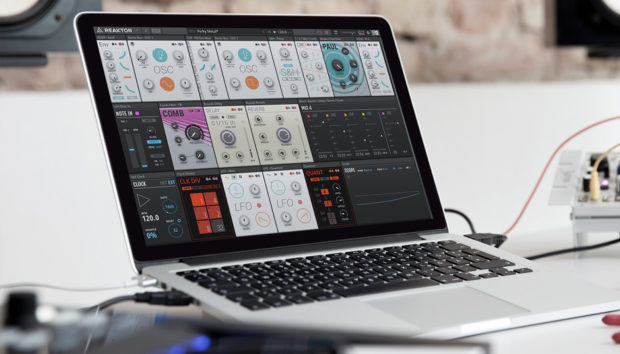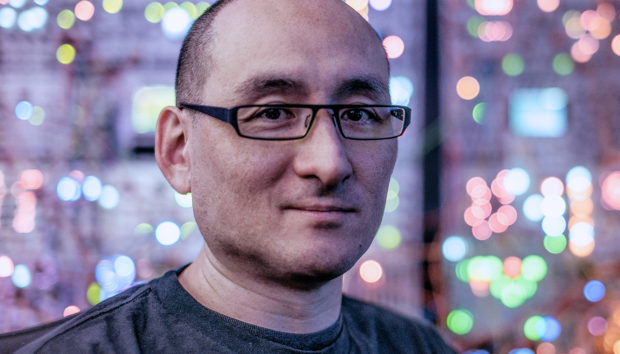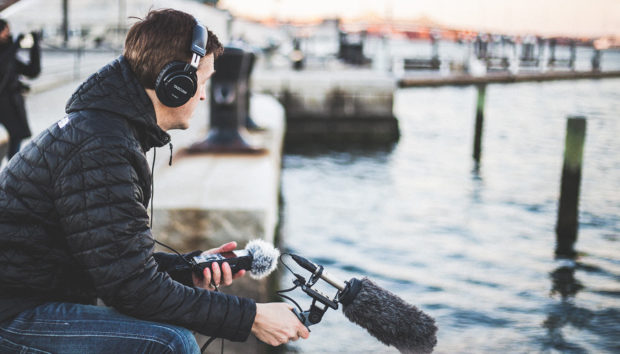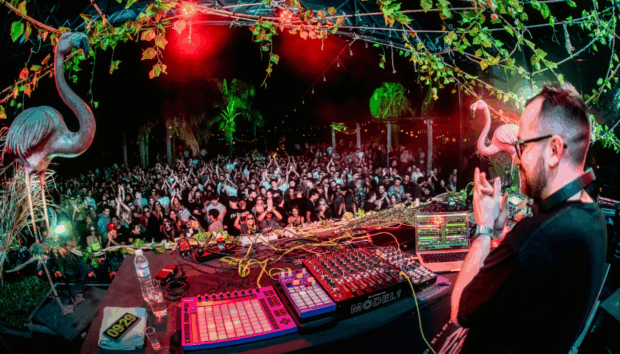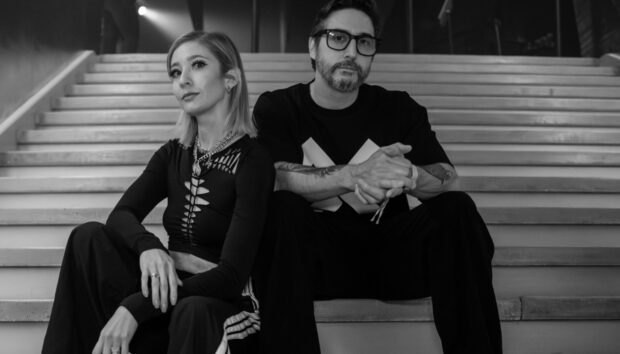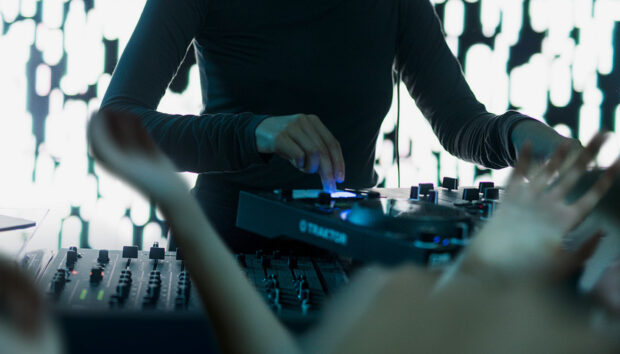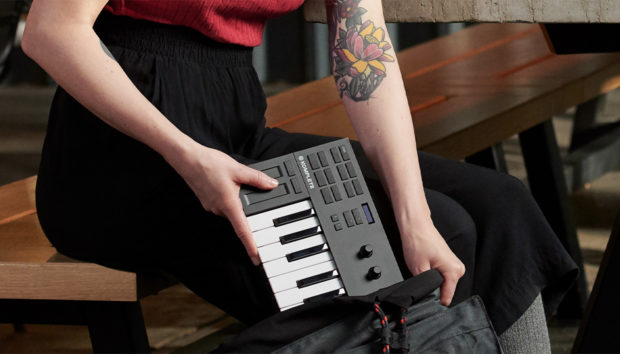Retro synths continue to play a massive role in electronic music, especially for producers working in-the-box who rely on virtual instruments to shape their sound. These classic vibes bring a familiar warmth and texture that digital-only productions often struggle to recreate, providing a foundation for both melodic and rhythmic elements.
From thick chords to plucky arps, retro synth presets, and sound libraries help producers tap into a feeling that connects past and present without dropping thousands on vintage hardware. And yet, with the bedrock of these sounds being ones we’ve heard countless times – how do top-level artists push the boundaries of saw, sine, and square waves time and time again?
Few understand this better than Hyunji-A, a producer known for using nostalgic synth lines in her club-friendly and modern-sounding dance music.
Drawing on tools like Analog Dreams and Hybrid Keys, Hyunji-A has dialed in a workflow that bridges the gap between timeless and avant-garde and in this interview, we explore how they approach retro synth textures, how they balance nostalgia with new ideas, and practical ways to make preset-heavy tracks sound personal and fresh.
Jump to these sections:
- Why producers keep returning to retro synth textures
- Balancing nostalgia with modern production
- Making retro synth presets sound fresh and unique
- Comparing Analog Dreams to hardware synths
- Favorite patches and creative tips
- The future of analog tones in electronic music
Hyunji-A has spent years working with retro-inspired plugins, making them an ideal voice for discussing how to keep these timeless sounds relevant in today’s productions. You can try these techniques in your music using the free Komplete Start bundle of plugins, which includes Analog Dreams.
Why do you think producers keep coming back to retro synth textures instead of chasing purely futuristic sounds?
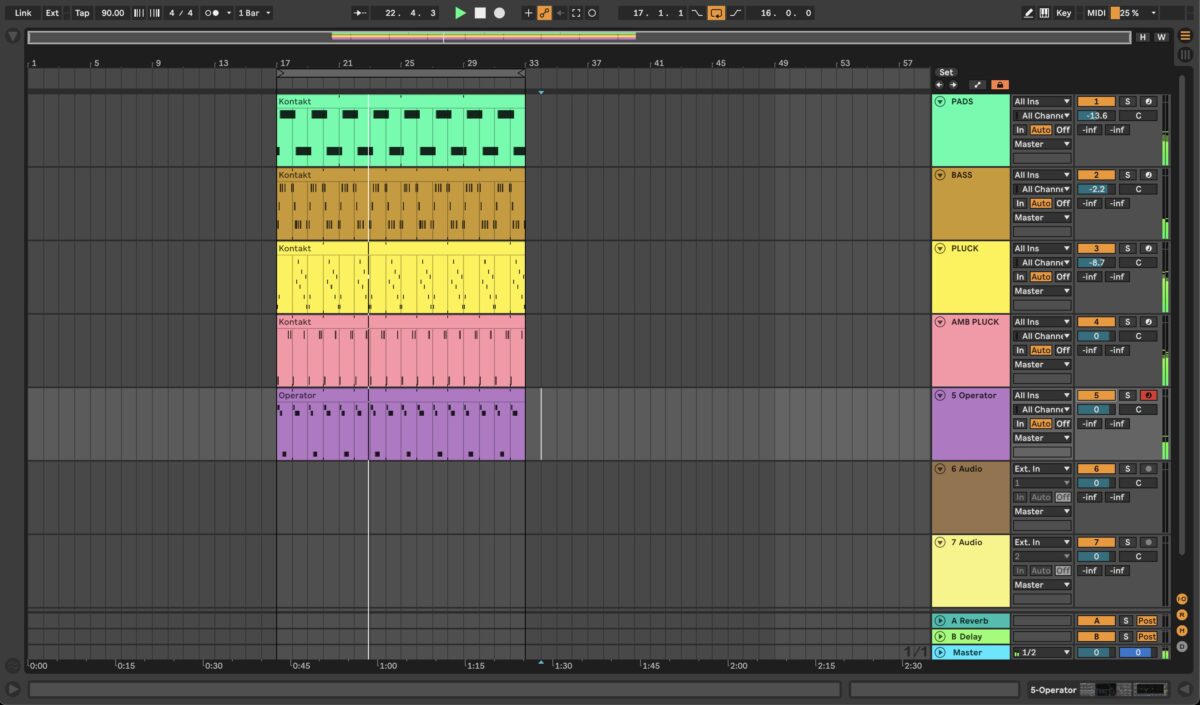
One of the joys of starting a fresh new project is playing around with different sounds and jamming out, and it happens to be that every sound has a certain melody or chord progression that sounds best for that particular sound texture, as if two fitting puzzle pieces are coming together nicely.
For instance, a single sawtooth (or square) wave with some resonance modulation and some distortion create a strong, aggressive, almost voice-like texture that sounds great with melodic progressions that interestingly also match the description of its sound – intense and bold. As we know, this sound is the base of acid house/techno.
Now, if you remove the resonance on that sawtooth wave and increase the number of voices to give a chorus effect, you get a much warmer tone with a lush, wide and thick texture that works great with sustained notes and played in a polyphonic fashion.
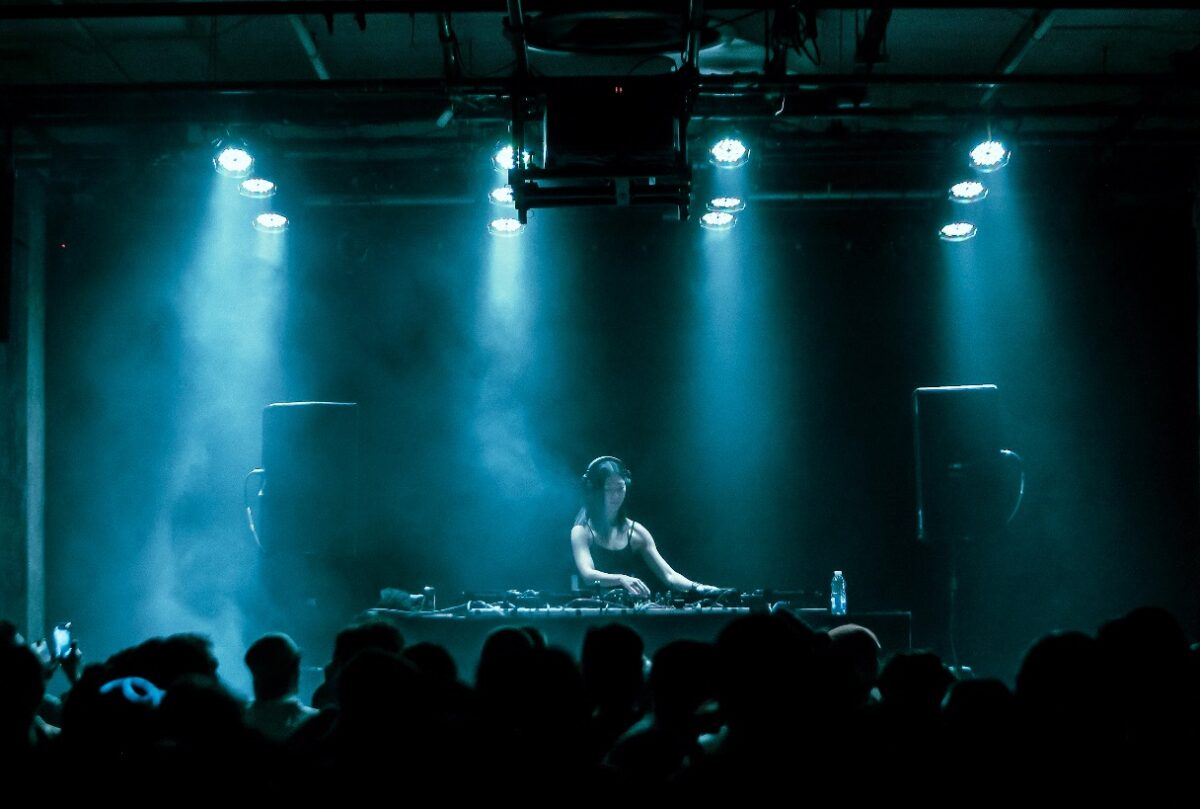
Retro sounds were widely used in the 1980s, when synthesizers like the Roland Juno-60 and Jupiter-8 were popular in music production.
For the modern producer, these sounds can be used to re-create or re-visit the vibe of those days, which then evokes nostalgia. It’s really cool that music can act as a time traveling “portal” this way. I think that for a lot of producers like myself, it feels nice to be reminded of the good ol’ days through music, so we incorporate these nostalgic elements in our music to relive those days again, even for a brief moment.
Pro tip from Hyunji-A: Don’t be shy to use presets as they are. Just like any musical instrument, like the piano and guitar, use the sound as is and add your own touches to it if need be.
How do you balance nostalgia with innovation when working with vintage synth sounds?

Using vintage and retro sounds does not necessarily restrict one to only making vintage and retro music. I could make a certain chord progression using a retro synth, but I may jam out a certain drum pattern that doesn’t follow that of a typical classic 1980s/1990s beat and still ends up fitting nicely with the chords.
There are no restrictions.
That’s the beauty of music, in that there are endless possibilities that can come out of the creative process.
For me, over time as I’ve developed my style, and still continue to, I often find myself blending in all types of sounds of various kinds of music and experimenting to see where that takes me.
Pro tip from Hyunji-A: If there is a synth plugin that offers a wide range of sounds like Analog Dreams does, explore around and just have fun jamming to different presets. You never know if that’s going to spark an idea for your music. Use them as inspiration.
What do you do to modernize retro synth presets or Kontakt libraries without losing their original character?
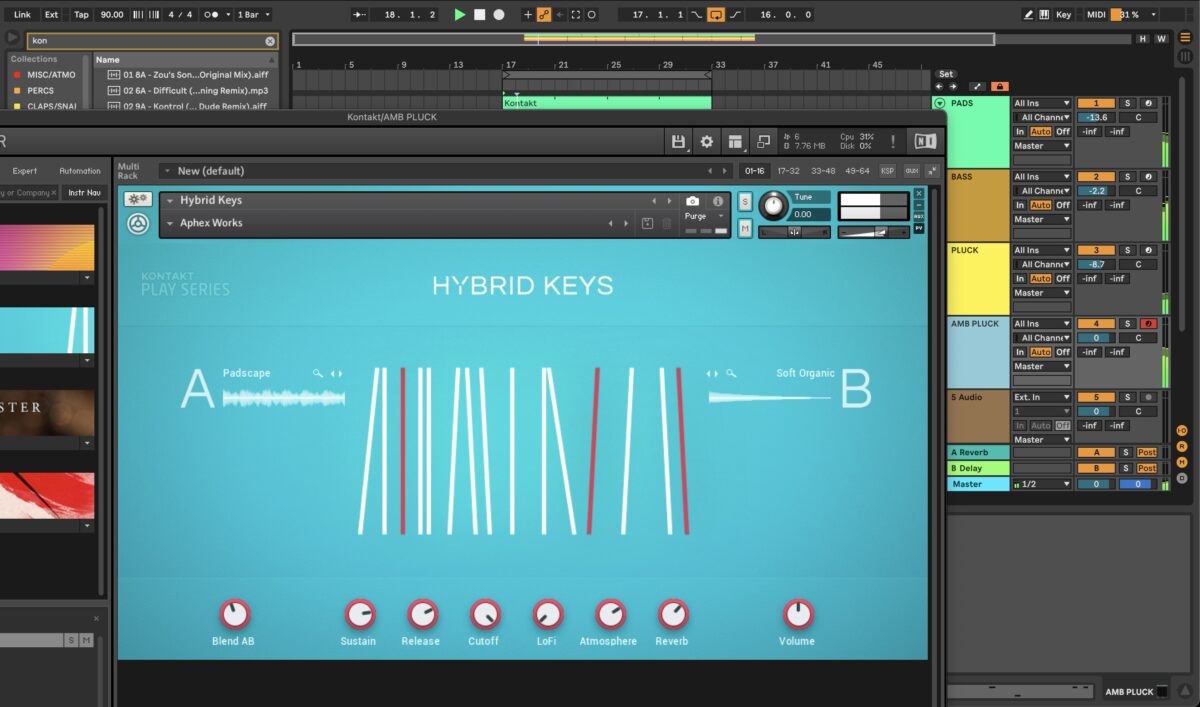
With certain sounds, such as retro-sounding synths, I usually tend not to change the overall tone too much. I might do some minor tweaking on the filter, resonance, envelopes and such. The main focus is on the musicality – which notes are played,
whether single notes or chords, the rhythm and groove, before adding some of my favorite effects like delay and reverb to add finishing touches to my liking.
Sometimes, I could be jamming and I hear something in my mind that inspires me to take a totally new direction – I could run it through a sampler, chop it up, loop it, or add additional layers on top. It can get really fun doing it with sounds especially from Analog Dreams 2.0.
Pro tip from Hyunji-A: Analog Dreams is already rich, warm and vintage in its sounds, but you can give it extra depth and weight by combining it with a sub bass or layering it with pads. Hybrid Keys, which is another Kontakt Instrument, is a nice plugin that combines well with Analog Dreams.
How does Analog Dreams compare to working with actual hardware synths?
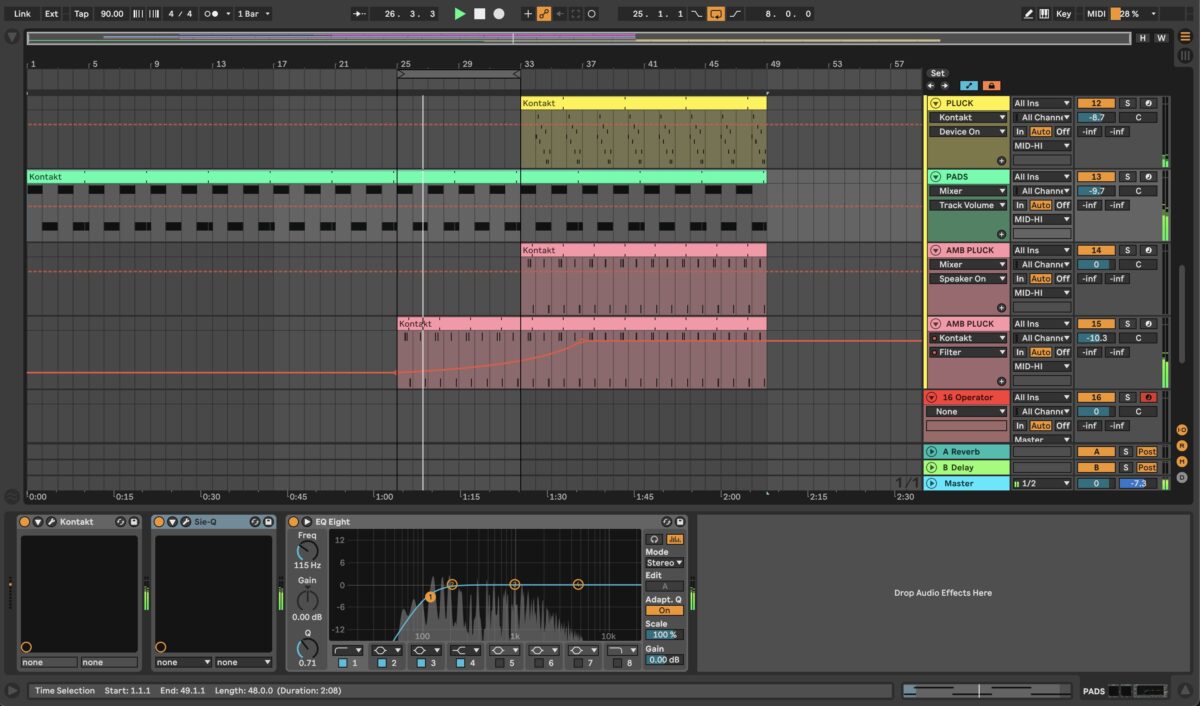
Analog Dreams has a wide range of sounds that I like – from sound effects to classic synths to more modern-sounding synths.
Funnily enough, I’m often the most creative at night when I’m in the comfort of my home in my own bubble, away from the studio which is quite a distance away. So while my synthesizers are at the studio, it becomes very handy to pull up Analog Dreams in my DAW and play around using my MIDI keyboard.
Working with physical knobs on a hardware synth gets me in a creative flow in a way plugins can’t, but being able to make music with just my laptop and MIDI keyboard in a dimly lit corner of my room gets me in a special headspace that can’t be replicated anywhere else; that’s when plugins like Analog Dreams become my best friends.
The environment is key for me.
Pro tip from Hyunji-A: Due to their rich and warm sounds, some patches in Analog Dreams are wide to begin with, but you can emphasize the nostalgic vibe by widening the stereo field even further. Try using a plugin like the iZotope Ozone Imager to achieve this.
What are some interesting ways you make recurring presets sound fresh in your music?
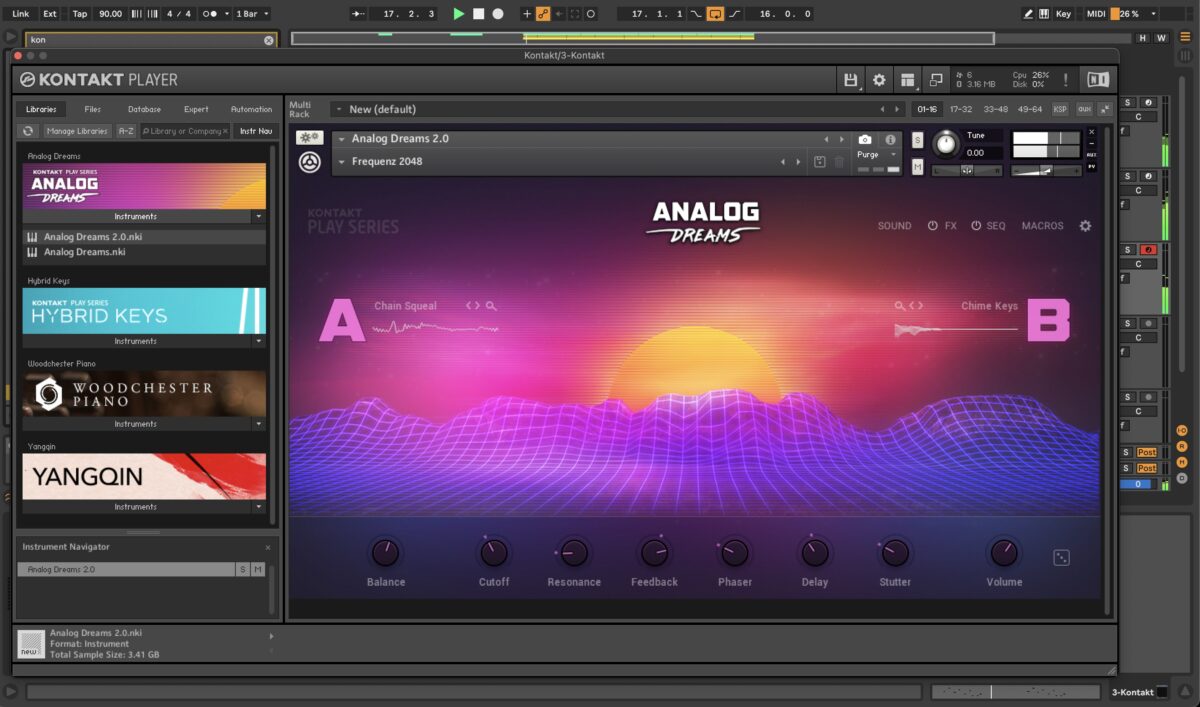
Oftentimes I browse through presets and jam around to feel inspired. One of the presets I like to use for that is “Volcano Eruption.” What I like to do is to remove its “B” synth (“Broken Subs”) since I like the pluck-y sound of “Wooden Square” and its arpeggiated rhythm; I love plucks and I incorporate them in my music a lot.
“Bright Glamour” is another of my favourite presets in Analog Dreams. It has a marimba-like sound that reminds me of my childhood. I used to play a lot of fantasy RPGs, and the music made the gaming experience so fun (and now nostalgic). The game had soundtracks similar to “Bright Glamour”, so this preset brings back many fond memories. Music plays such a huge role in any visual experience, whether through games or cinema.
The presets in Analog Dreams are already rich in their sounds, so when it comes to freshening them up, I actually do minimal adjustments – I don’t feel the need to do much to them, other than adding a few effects here and there, or changing the ADSR a bit. Oftentimes, less is more.
Pro tip from Hyunji-A: Due to their rich and warm sounds, some patches in Analog Dreams are wide to begin with. For extra emphasis on nostalgic vibes in your music, further widen the stereo field of some of the sounds, such as pads. You can use a plugin such as the iZotope Ozone Imager to achieve this.
Do you think classic analog tones will always have a place in electronic music, or do trends come and go?
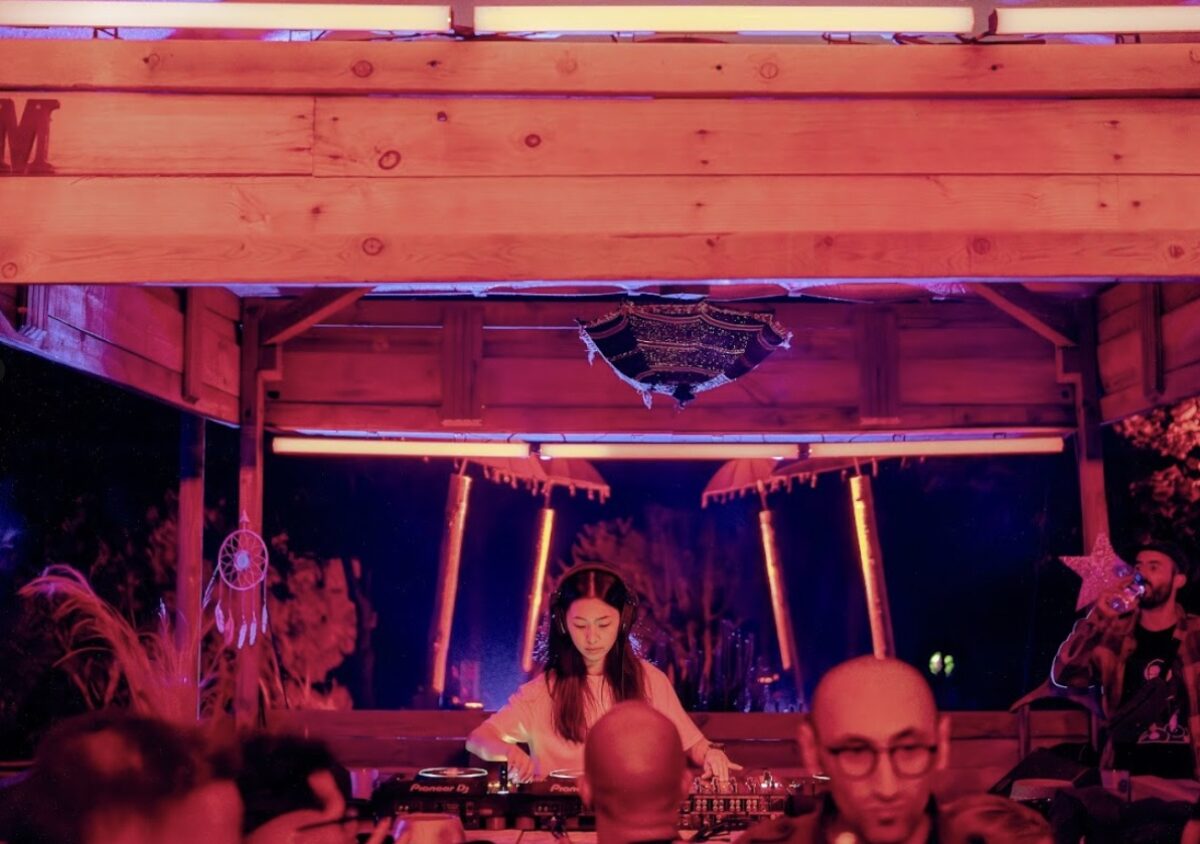
I definitely believe that sounds we consider to be classic sounds won’t fade away.
Even though there will be ups and downs in popularity, the retro and nostalgic tones we have discussed here will surely stay in electronic music. After all, electronic music really started to kick off during a time when these sounds were experimented and explored.
Producers will continue to refer to this type of music as inspiration for their own creations, and electronic music enthusiasts will continue to listen to music of this vibe for their own enjoyment.
Trends inevitably come and go as they do in many other aspects of our everyday lives, but I don’t worry that good, timeless sounds will get lost in today’s fast-moving trends of the modern day.
Start making your presets sound fresh
Huge thanks to Hyunji-A for sharing so many practical tips and thoughtful insights in this interview. It’s always refreshing to hear from someone who really understands how to work with retro synths without getting stuck in the past.
The way she approaches layering, tweaking presets, and focusing on the musical side of things is a reminder that you don’t need to overcomplicate the process to get great results – sometimes it’s about trusting the sound and making small adjustments that serve the track.
This chat gives you some ideas on how to bring those nostalgic vibes into your own productions without sounding dated. Big shout out to Hyunji-A for taking the time to break all this down – definitely worth checking out her music if you want to hear these techniques in action.
